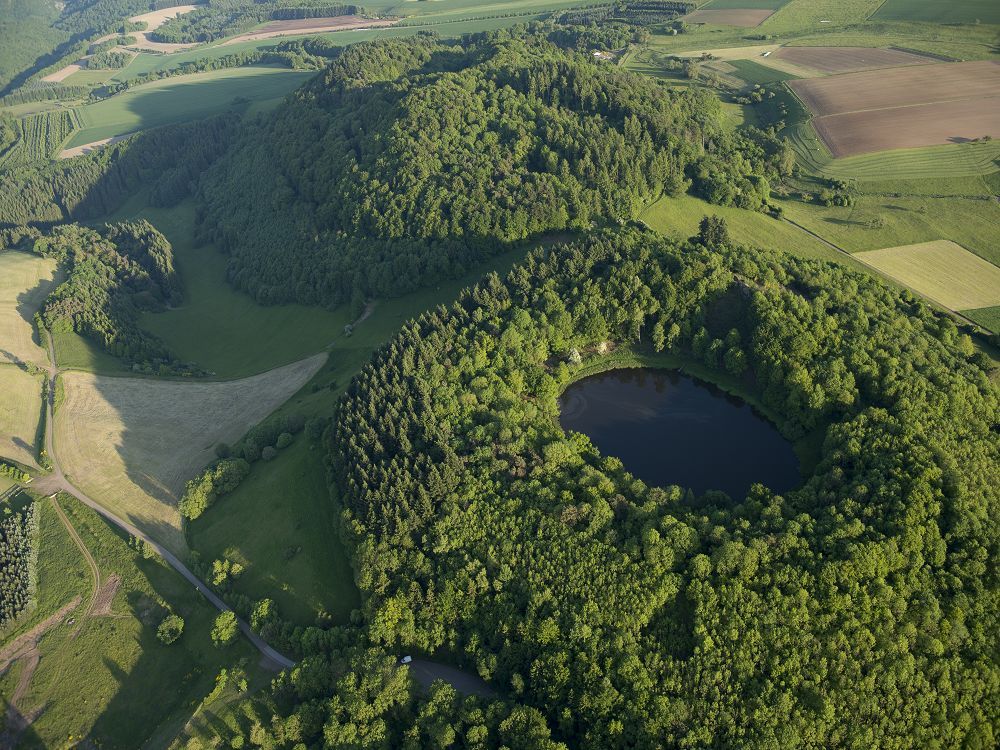25. Dürres Maar (Dry Maar): Poor and valuable
25. Dürres Maar (Dry Maar): Poor and valuable
Unlike the circular lake of the nearby Holzmaar (Wood Maar), the Dürres Maar has become increasingly silted up since its formation about 20,000 years ago.
Over thousands of years a particular kind of habitat has formed here: a raised bog. Its centre is surrounded by a thin strip of marginal bog (lagg). After heavy rainfall this ring of water makes the circular form of the maar basin very obvious. The raised bog in the centre of the basin forms a slight dome similar to a watch glass. This is due to the thick cushions of sphagnum moss, which grow above the level of the water table and can hold up to twenty times their dry weight in water. A raised bog is 90% water and very low in nutrients. Anything which wants to live here needs a special survival strategy. So cranberry, for example, which is rare here, has developed a special strategy for obtaining sufficient nutrients without drowning. Instead of forming normal roots or stems to take up nutrients, the plant covers the cushions of sphagnum moss with a fine network of wiry stems. A number of rare animals have also adapted to the extreme environment: Insects such as dragonflies and butterflies live here, and birds such as whinchats and lapwings come here to breed. And during the migratory season, short-eared owls and grey herons pay a visit to the Dürres Maar.
About 20,000 years ago, a volcanic trio appeared along a crack in the Earth’s crust: the Holzmaar, the Dürres Maar and the Hetsche Maar. In the course of time, the youngest of the three acquired the name 'Holzmaar', because it played a major role in securing the water supply to the nearby Holzmühle (wood mill): The maar basin was used to create a reservoir to catch the water from the Stream Sammetbach. A little further northwest the silted-up basin of the Dürres Maar presents an entirely different landscape. Its name, 'Dürres Maar', is also a generic term for all the maars which are no longer filled with water and are therefore 'dürr', i.e. dry or dried up. The almost circular maar is now covered by a rare raised bog which is still growing. The oldest of the three maars, the Hetsche Maar, has been known locally since time immemorial as 'et Hetschemäärchen' ('the little Hetsche Maar'). It is obvious why the maar is called a 'Määrchen' (little maar): With a diameter of only 60 metres, it is the smallest of all the maars in the Eifel. Because of its small size, it soon became silted up. The valuable wetland biotope provides a habitat for toads and frogs. The locals knew this and simply named the little maar after its inhabitants: In the local dialect, a 'Hetsch' is a toad.
 English (UK)
English (UK)  Deutsch
Deutsch 













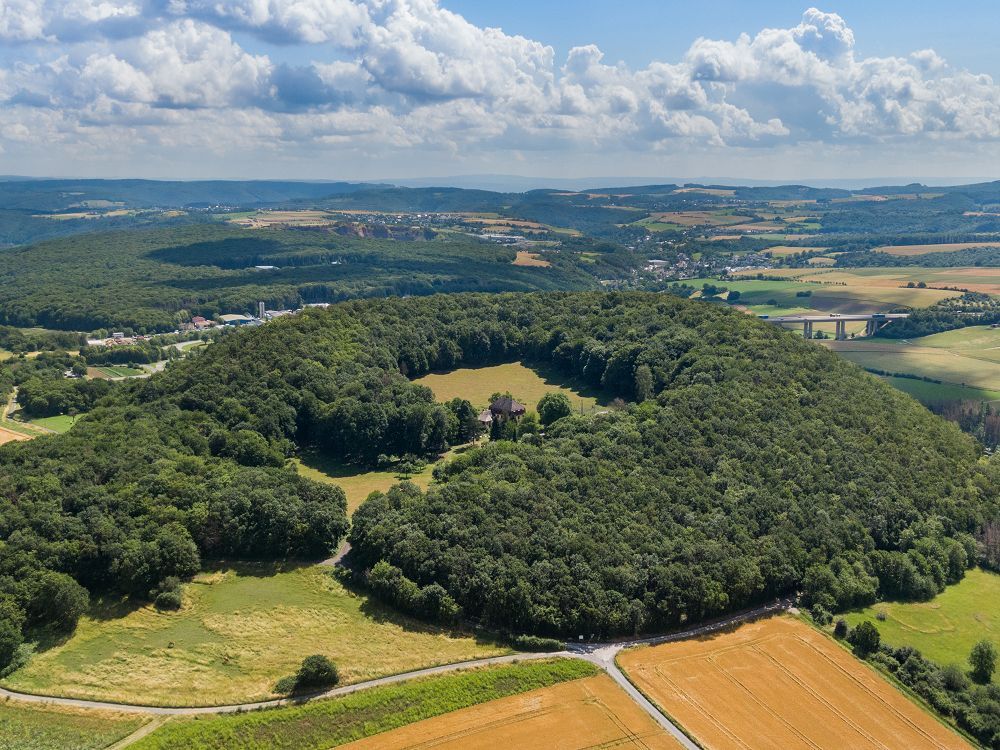

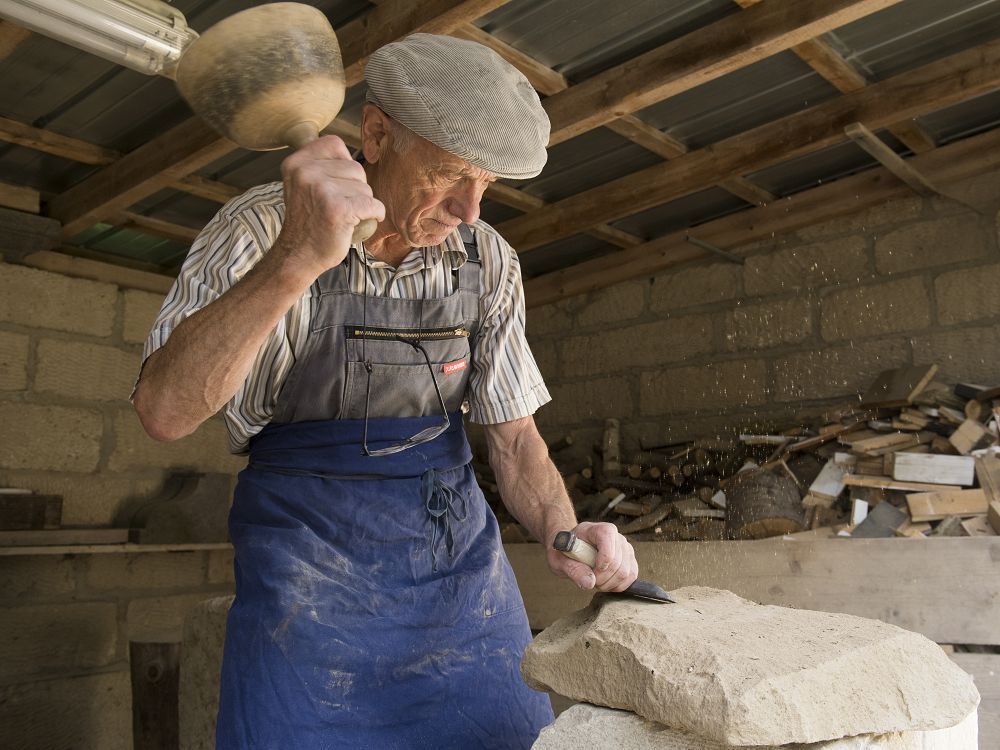

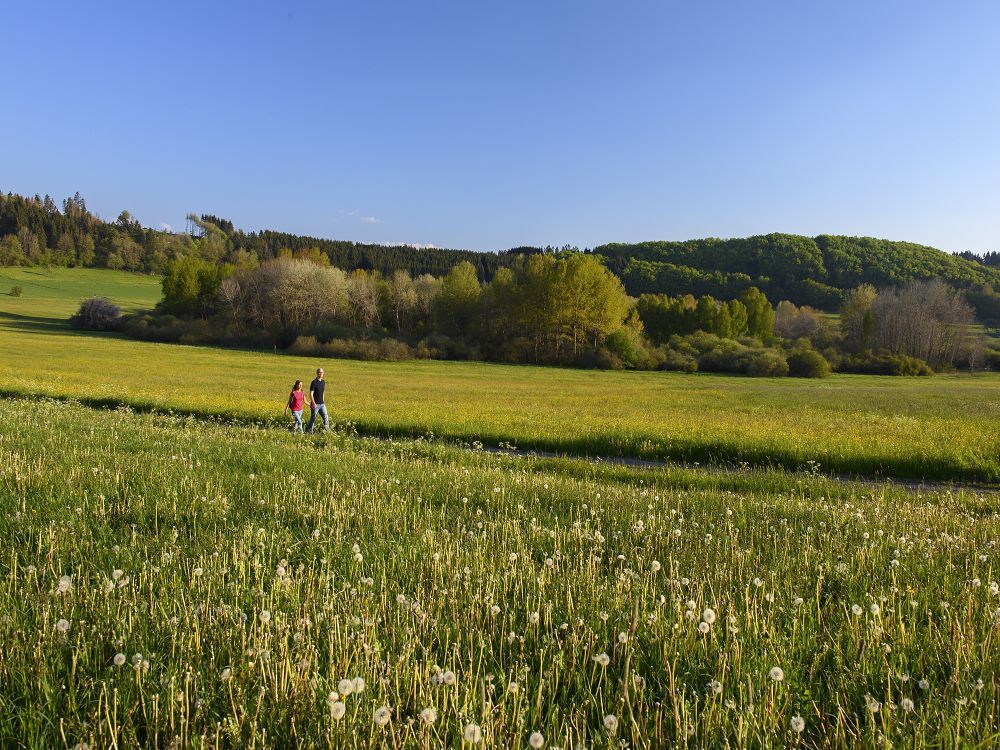


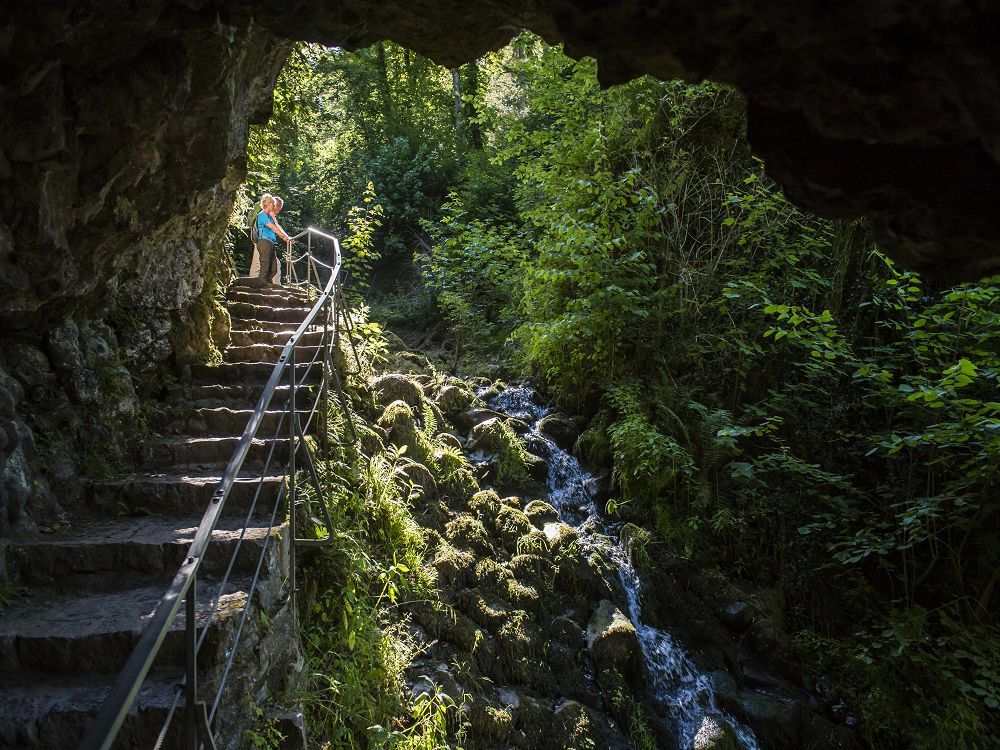

-df08adc9.jpeg)







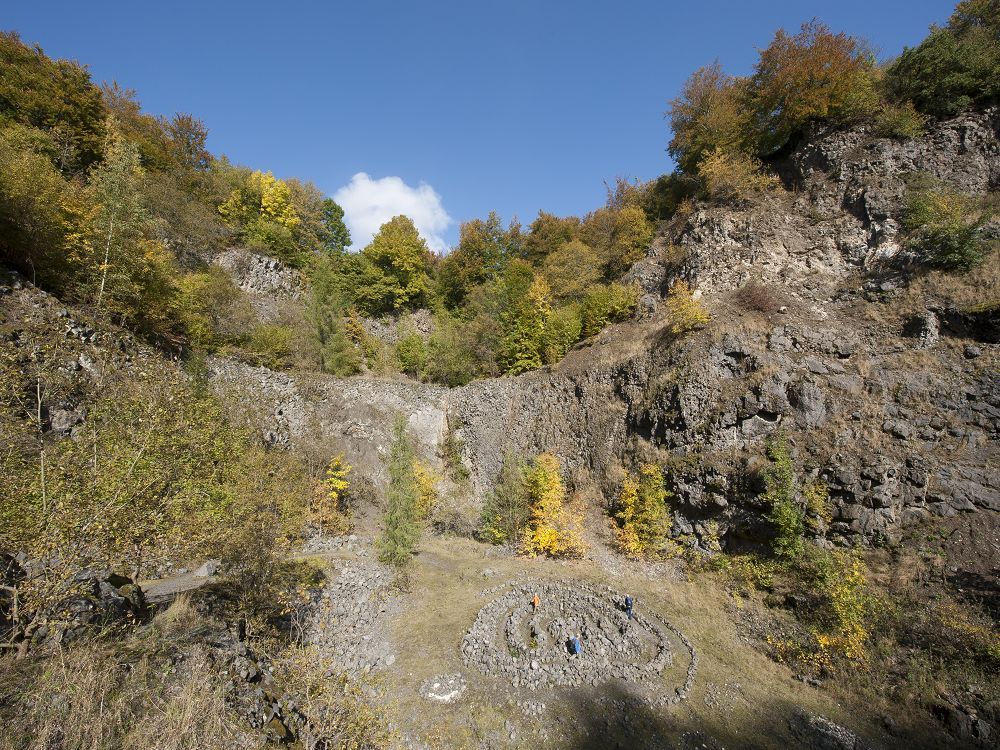
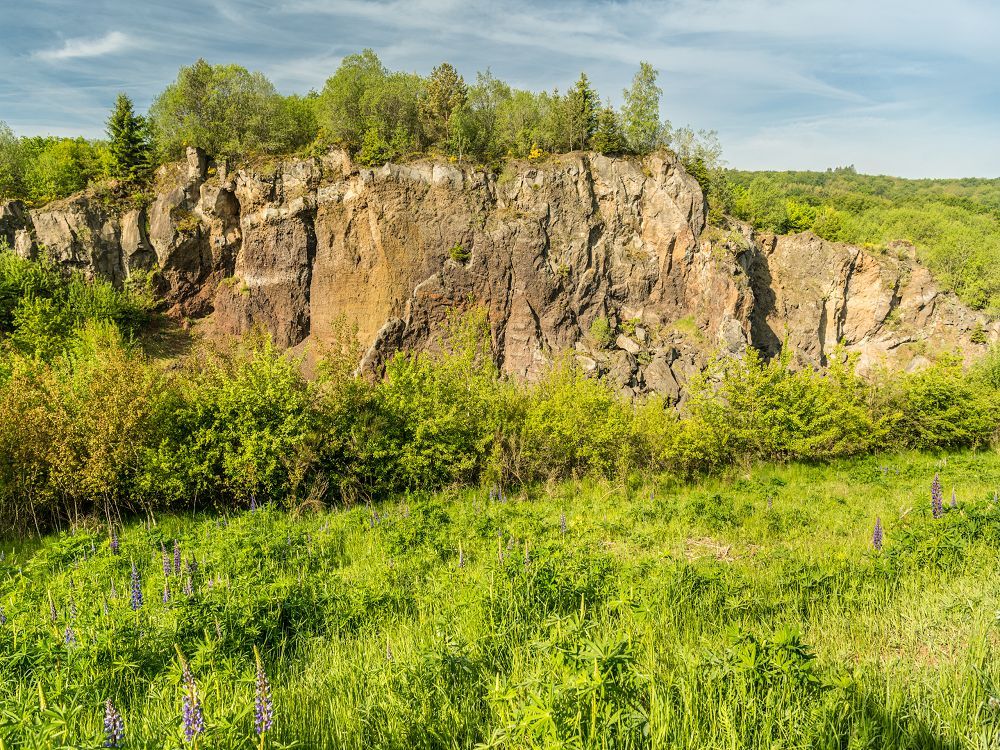
-a6d4c6f8.jpeg)



